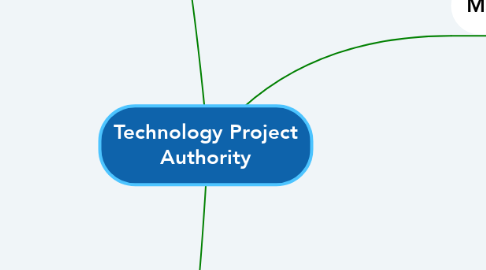
1. 3 Main Phases of the Knowledge Management at TPA
1.1. 1. The Seeds of a Formal KM Approach
1.1.1. Knowledge Tool used in Phase 1: 1. Shared Drive 2. Microsoft Project 3. Email 4. Instant Messaging 5. Intranet etc.
1.1.2. Problems: 1. Loss of ownership of the data to be shared 2. Shared Drive could not deal with version control and redundancy
1.2. 2. SharePoint
1.2.1. Knowledge Sharing Tool used in Phase 2: SharePoint
1.2.2. Problems: The default structure set up by the IT Department received a complaint where the structure was too general and was interpreted different by the various users. Solution Given: Used both shared drive and SharePoint. Problems: 1. Many different versions of a document existed and the documents on SharePoint were not always the current version. 2. Time consuming process in getting access to SharePoint sites
1.3. 3. SharePointProject
1.3.1. Final Choice of Knowledge Sharing Tools (Phase 3): SharePointProject > Combination of Microsoft Project Server and SharePoint
1.3.2. Problems: 1. SharePointProject was not perfect for TPA's needs 2. Implied significant change 3. Suffered several delays because of some technical problems 4. Many project managers could not attend the training sessions
2. Decision Options / Alternatives
2.1. Change into a new system
2.1.1. Pros: Increase employee engagement
2.1.2. Cons: higher cost and need more time to learn
2.2. Find new strategies
2.2.1. Pros: can find the strategies that perfectly fit for TPA's needs
2.2.2. Cons: time consuming
2.3. Go back to the traditional way of KM
2.3.1. Pros: No retraining or costs incurred
2.3.2. Cons: Time consuming and might repeating work
2.4. Train employees to have a habit of sharing knowledge
2.4.1. Pros: Increase quality of knowledge sharing
2.4.2. Cons: take a lot of time and costs
3. Main Problems
3.1. Lack of usage in the newly implemented Knowledge Management System
3.1.1. Evidence: Only 12% of Project Managers and Teams that used the SharePointProject System
3.1.2. Impact: Low number of SharePointProject users.
3.2. Lack of procedures, instructions, and standards in using the new system
3.2.1. Evidence: Most of the employee find the system is hard hard to adjust to the new processes and unfamiliar with the system
3.2.2. Impact: Employee not using the SharePointProject to share knowledge
3.3. Previous system is more convenient
3.3.1. Evidence: Several Project Managers still create reports by themselves instead of using SharePointProject
3.3.2. Impact: Employee not using the SharePointProject to share knowledge
3.4. Lack number of people who can translate tacit knowledge to explicit knowledge
3.4.1. Evidence: The knowledge that has been documented is still in a form that is too general or too specific
3.5. Lack of instructions and standards of what knowledge should be shared
3.5.1. Evidence: Employee do not know when a knowledge should be shared
3.5.1.1. Impact: Other employees can not reuse the information for their cases/problems
3.5.2. Impact: Employees do not document knowledge and not using the SharePointProject

